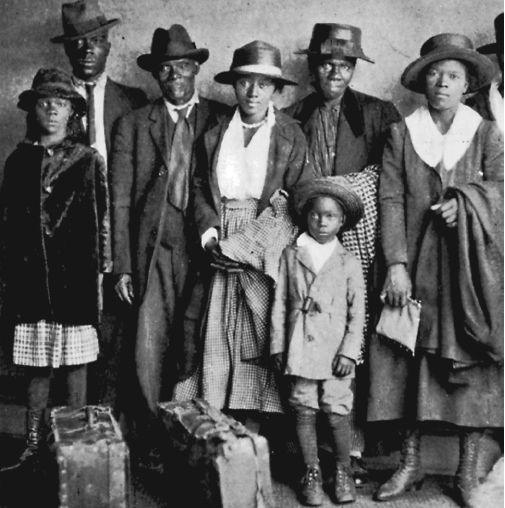Why was America’s transition from war to peace so turbulent?
Printed Page 667

THE DEFEAT OF WILSON’S plan for international democracy proved the crowning blow to progressives who had hoped that the war could boost reform at home. When the war ended, Americans wanted to demobilize swiftly. In the process, servicemen, defense workers, and farmers lost their war-related jobs. The volatile combination — of unemployed veterans returning home, a stalled economy, and leftover wartime patriotism looking for a new cause — threatened to explode. Wartime anti-German passion was quickly succeeded by the Red scare, an antiradical campaign broad enough to ensnare unionists, socialists, dissenters, and African Americans and Mexicans who had committed no offense but to seek to escape rural poverty as they moved north.
CHRONOLOGY
1915–1920
- – Great migration of half a million blacks out of the South.
1918
- – Global influenza epidemic starts.
1919
- – Wave of labor strikes.
- – Red scare.
- – U.S. Supreme Court limits free speech in Schenck v. United States.
1920
- – American Civil Liberties Union is founded.
- – Palmer raids.
- – Warren G. Harding is elected president.